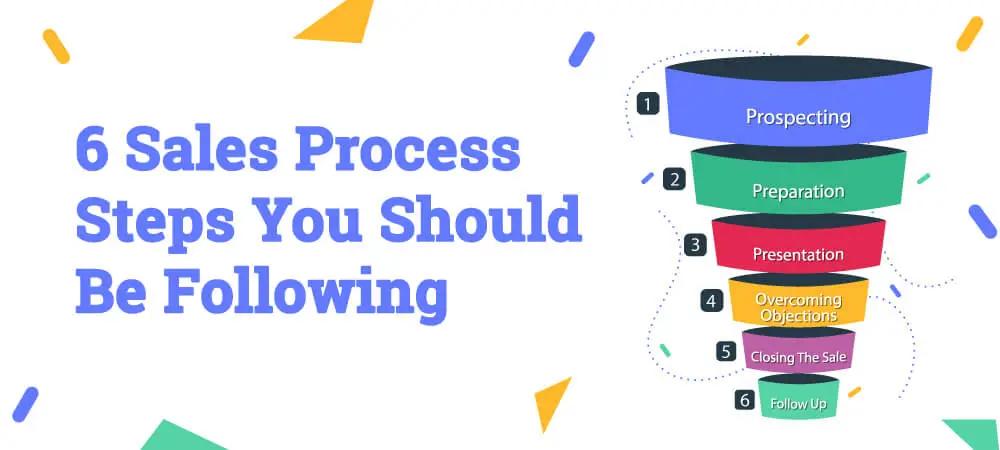The Cost of Inaction: How Businesses Lose Money by Ignoring Digital Automation
In today’s digital age, businesses of all sizes must embrace automation to stay competitive. While some businesses have readily adopted digital tools and automation strategies, others lag behind, clinging to outdated manual processes. This resistance to change, however, comes at a steep cost. Businesses that refuse to automate are losing money through inefficiencies, particularly in the crucial areas of customer service and sales.
The High Price of Manual Processes
Manual processes are slow, error-prone, and expensive. Consider the following:
- Customer service: Human agents can only handle a limited number of interactions per day. Long wait times and repetitive tasks lead to frustrated customers and lost business. A study by Accenture found that 44% of customers will abandon a brand after just one bad experience.
Reference: According to a report by Forrester Research, “The Total Economic Impact™ of Customer Service Automation,” businesses that implement customer service automation experience a 20% reduction in service-related labor costs and a 25% increase in agent productivity (Forrester, 2019). - Sales: Manually following up on leads, sending emails, and scheduling appointments is time-consuming and inefficient. Automated sales tools can free up reps’ time to focus on building relationships and closing deals. A study by Salesforce found that companies that use automation generate 14.5% more leads and close 23% more deals.
Reference: A survey by McKinsey & Company revealed that businesses with advanced sales automation see a 10-15% increase in sales productivity and up to a 20% increase in win rates (McKinsey, 2021).
Digital automation can address these inefficiencies and boost business performance. Here are some of the benefits:
- Improved customer service: Chatbots and virtual assistants can handle routine inquiries 24/7, freeing up human agents for complex issues. Automated ticketing systems can streamline the resolution process and improve customer satisfaction.
- Increased sales productivity: Automated email marketing, lead scoring, and appointment scheduling can save reps time and effort. AI-powered chatbots can qualify leads and even close deals, further boosting sales efficiency.
- Reduced costs: Automating repetitive tasks reduces the need for manual labor, leading to lower personnel costs. Automation can also streamline processes, reducing errors and rework, and saving money on materials and resources.
Examples of Automation in Action
Many businesses are already reaping the benefits of automation. Here are a few examples:
- Domino’s Pizza: Domino’s uses an AI-powered chatbot to take orders and answer customer questions. This has led to a 20% increase in online orders.
- Uber: Uber’s dynamic pricing algorithm automatically adjusts fares based on demand and supply, helping them optimize pricing and maximize revenue.
- Netflix: Netflix uses a sophisticated recommendation engine to suggest content to users, keeping them engaged and subscribed.
The Bottom Line
The evidence is clear: businesses that embrace digital automation are more efficient, productive, and profitable. Those who resist change risk falling behind their competitors and losing valuable customers and revenue. In today’s digital world, inaction is a recipe for failure.






